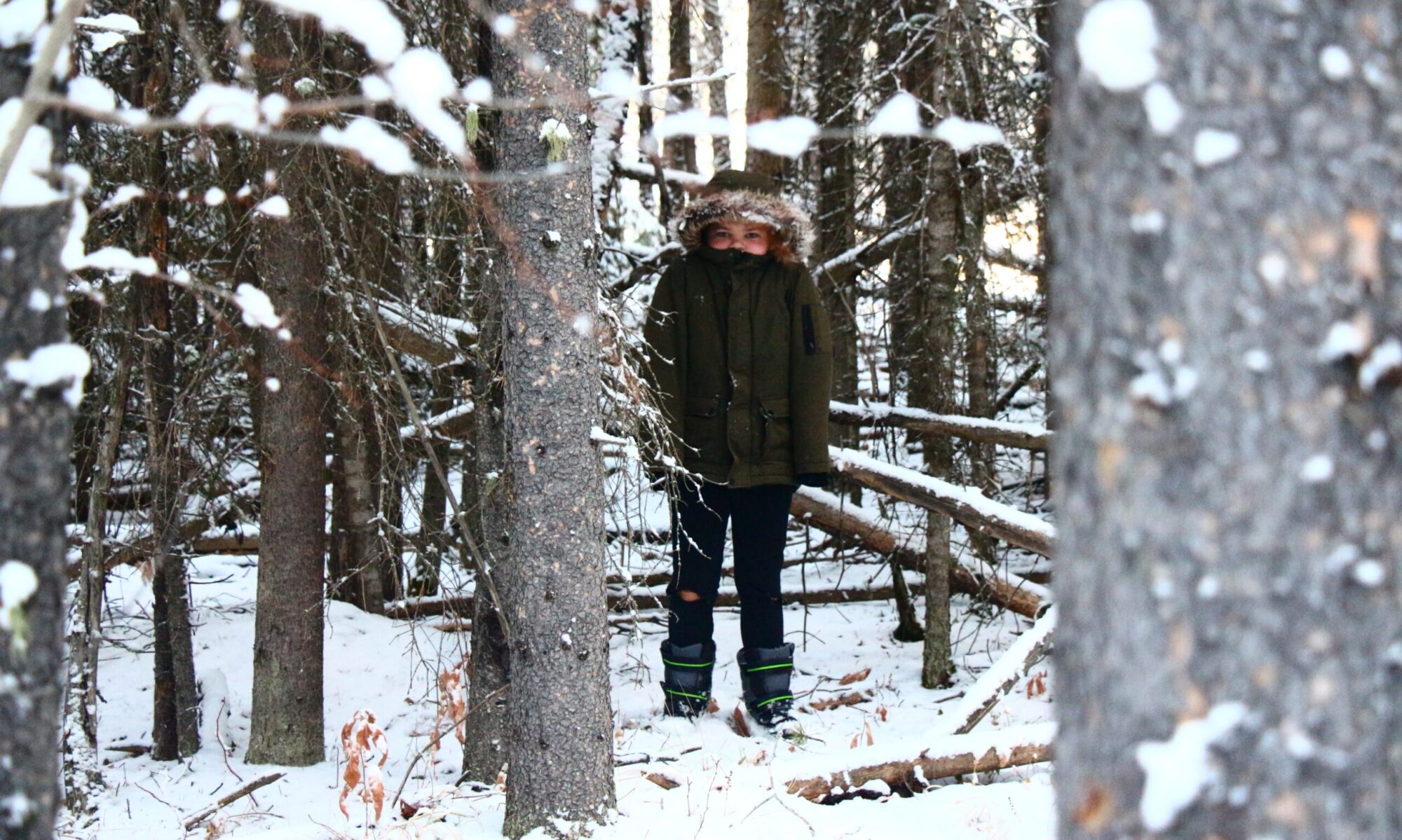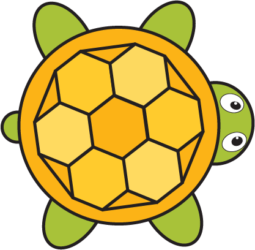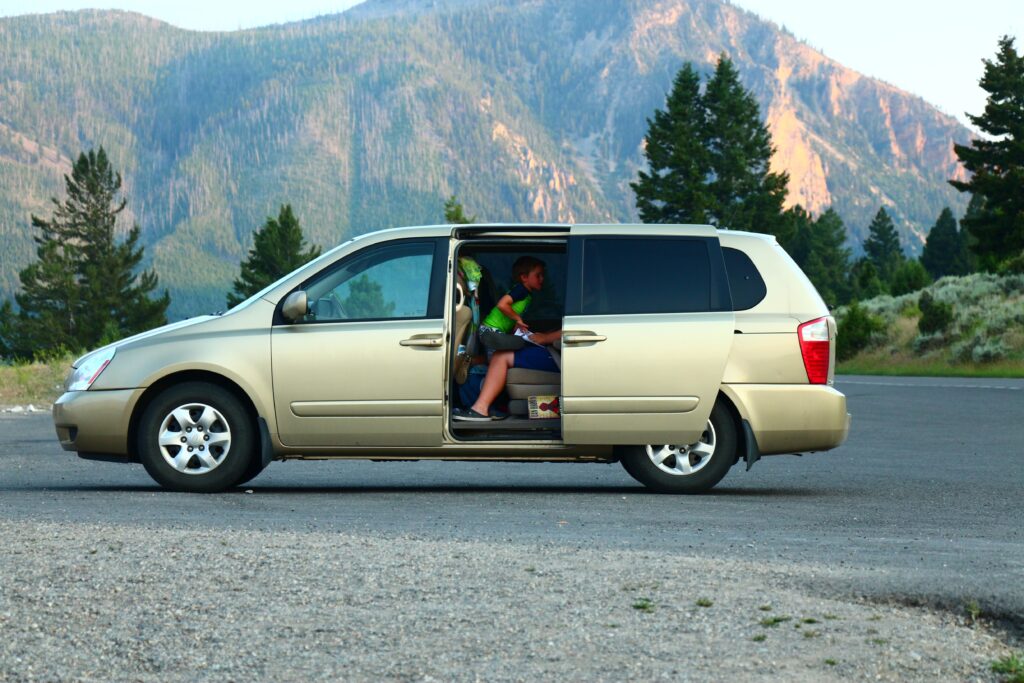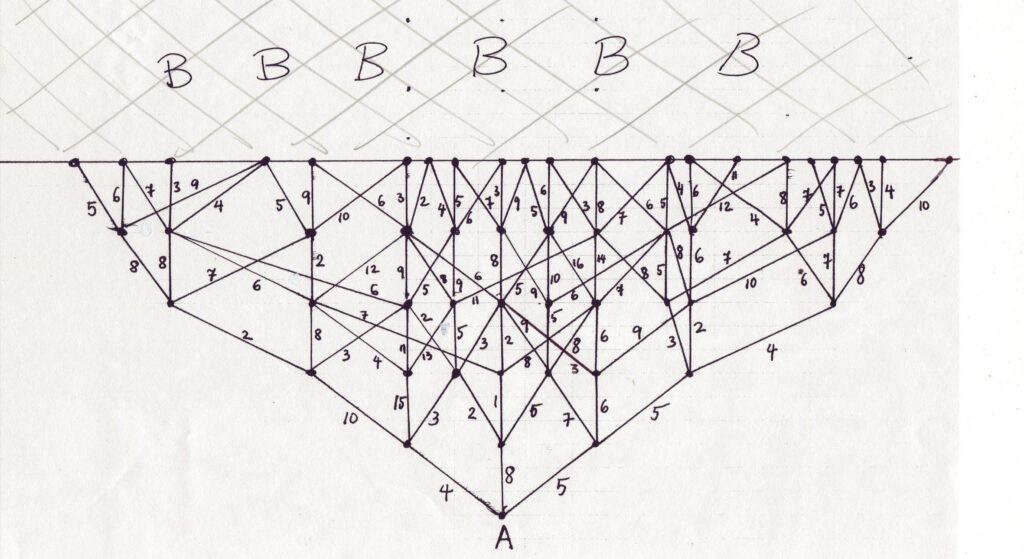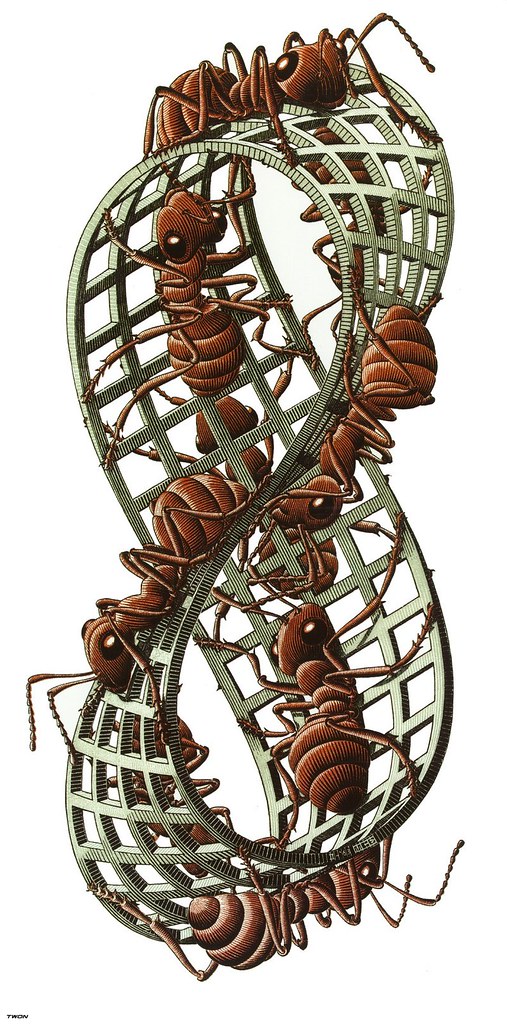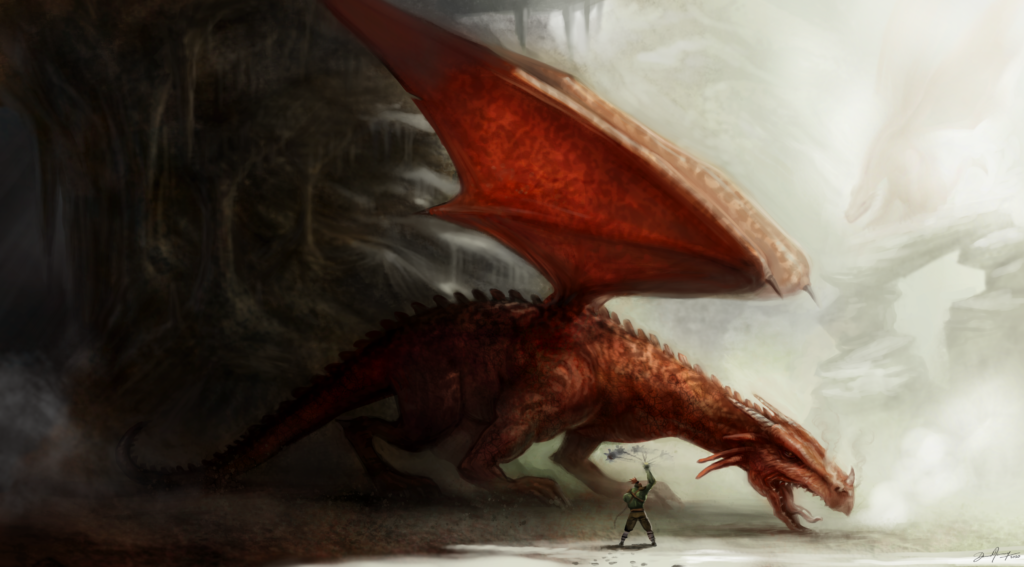
I am reading an awesome book on Cognitive Sciences and how it applies to teaching students in the classroom: Schools for Thought – a Science of Learning in the Classroom by John Bruer. I will write more on this book later, but I wanted to focus on an idea I got from it to teach in the classroom. One chapter of the book relates to teaching science, and specifically, teaching Newtonian Physics… exactly what I’m teaching right now to my grade 11 physics class.
Continue reading “Understanding Projectile Motion Misconceptions”